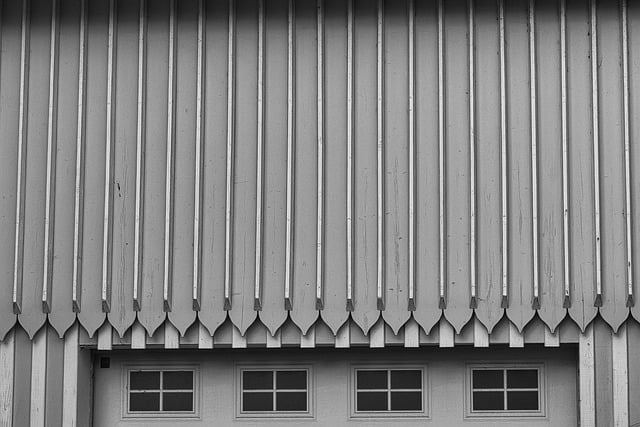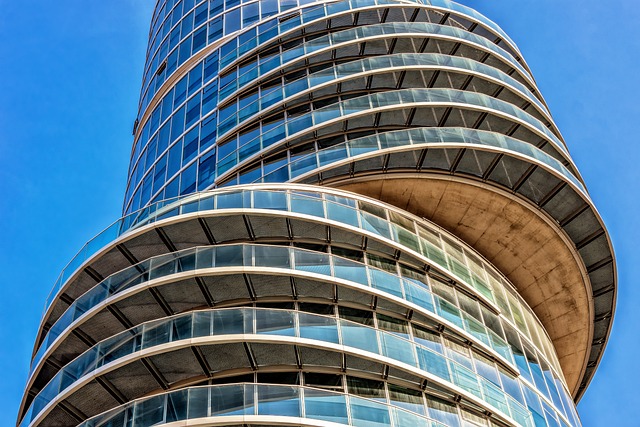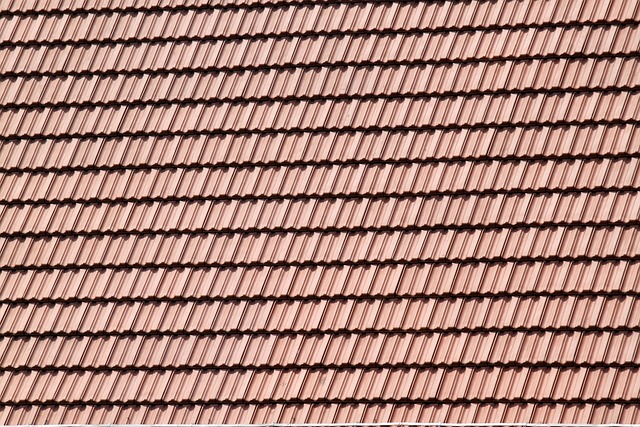Choosing the right commercial roofing system involves balancing functionality, aesthetics, and cost, with options like flat roofs requiring specialized maintenance for water prevention and sloped roofs demanding more upkeep during installation and regular inspections to detect wear, tear, and damage early. Commercial roofing faces unique challenges due to scale and structural complexity, emphasizing durability, strength, and long-term performance against harsh weather, heavy loads, and environmental exposure. Effective solutions include reinforced structures, robust insulation, water-resistant membranes, energy-efficient coatings, green roofing, and advanced ventilation systems. Regular maintenance, adherence to safety regulations, and adoption of industry innovations ensure optimal commercial roofing solutions tailored to diverse roof types, climates, and budgets.
Commercial Roofing Systems: A Comprehensive Guide to Choosing and Maintaining Your Commercial Property’s Roof
Commercial properties present unique roofing challenges compared to residential structures. This guide delves into the essentials of commercial roofing systems, addressing key considerations for property managers. We explore the differences between flat and pitched roofs, various membrane types, metal roofing’s durability, and green systems’ benefits. From design and installation best practices to maintenance, repairs, and regulatory compliance, this article covers everything you need to know to ensure a robust and sustainable commercial roof. Discover expert insights on choosing the right system and maintaining longevity through regular inspections and preventative measures.
# Commercial Roofing Systems: A Comprehensive Guide to Choosing and Maintaining Your Commercial Property's Roof

When it comes to commercial roofing systems, choosing the right one is a critical decision for property owners and managers. The roof is not just an architectural element; it’s a protective barrier that safeguards the building, its occupants, and valuable assets inside. There are numerous options available in the market, each with unique features, benefits, and considerations. Flat roofs, for instance, are popular choices for their simplicity and cost-effectiveness but require specialized maintenance to prevent water damage. On the other hand, sloped or pitched roofs offer better drainage and air circulation but demand more extensive installation and upkeep.
Regular maintenance plays a pivotal role in extending the lifespan of any commercial roofing system. Routine inspections should be conducted to identify signs of wear, tear, or damage early on. Common issues include missing or damaged shingles, flashing problems, and mold growth due to water intrusion. Timely repairs or replacements not only preserve the structural integrity of the roof but also prevent costly emergencies caused by roof failures during extreme weather events. A well-maintained commercial roof ensures optimal performance, enhances energy efficiency, and contributes to the overall value of the property.
<section id="understanding-commercial-roofing-needs-“>
Understanding Commercial Roofing Needs:

Commercial roofing presents unique challenges compared to residential properties, primarily due to the larger scale and diverse building types. Understanding these specific needs is crucial for any construction or maintenance project. The primary considerations revolve around durability, strength, and long-term performance to withstand harsh weather conditions, heavy loads, and high exposure to environmental elements.
Commercial buildings often feature complex roof systems, incorporating various components like flat roofs, pitched roofs, or specialized designs. Each requires tailored solutions, such as reinforced structures, robust insulation, and water-resistant membranes. Moreover, energy efficiency is a growing concern, driving the adoption of reflective coatings, green roofing, and advanced ventilation systems to manage indoor temperatures, thereby reducing operational costs and environmental impact.
– Differentiating commercial roofs from residential ones.

Commercial roofing presents unique challenges distinct from residential roofs, primarily due to the scale and structural demands of commercial buildings. These structures often feature larger spans, heavier loads, and more complex designs, necessitating specialized roof systems tailored to these requirements. Unlike residential properties, commercial spaces require roofs that can withstand higher traffic, extensive equipment, and potentially harsher environmental conditions, ensuring both longevity and safety.
The materials and construction techniques for commercial roofs also differ significantly. They are designed to offer superior durability, strength, and insulation, often incorporating high-performance membranes, metal panels, or flat roofing systems with advanced drainage mechanisms. These considerations are crucial in mitigating potential issues like leaks, structural damage, and energy inefficiencies, which could have severe implications for the overall integrity of the building and its occupants.
– Key considerations for large-scale roofing projects.

When tackling commercial roofing projects, several critical considerations come into play due to the scale and complexity involved. One of the primary concerns is ensuring structural integrity; large buildings demand robust and durable materials that can withstand extreme weather conditions and heavy loads. Moreover, fire safety becomes paramount, necessitating fire-resistant underlayments and appropriate ventilation systems. The choice of roofing system must align with local building codes and regulations to guarantee compliance and minimize potential risks.
Another significant factor is energy efficiency. Commercial properties often have high heating and cooling demands, so selecting a roof that offers insulation properties can lead to substantial long-term savings. Additionally, considering the environmental impact is essential; eco-friendly materials and designs not only contribute to sustainability but may also be required by green building standards. Effective water management is equally vital, as commercial roofs must efficiently handle heavy rainfall or snow accumulation to prevent overflow and structural damage.
– Common challenges faced by commercial property managers.

Commercial property managers often grapple with unique challenges when it comes to roofing, especially in ensuring long-lasting protection for vast and diverse structures. One of the primary issues is managing multiple roof types—flat, pitched, or a combination—each presenting distinct maintenance requirements. This complexity necessitates a nuanced approach to maintenance scheduling and repair strategies.
Moreover, commercial roofs often serve as critical infrastructure, bearing the brunt of extreme weather events, heavy loads from mechanical equipment, and constant foot traffic. The strain on these systems can lead to leaks, structural damage, or even catastrophic failures if not regularly inspected and maintained. Efficient solutions require staying abreast of industry innovations, such as energy-efficient materials, advanced waterproofing technologies, and durable, low-maintenance finishes, all while adhering to safety regulations and sustainability standards.
<section id="types-of-commercial-roof-systems-“>
Types of Commercial Roof Systems:

Commercial roofing presents a unique set of challenges and opportunities, with various roof systems designed to cater to different structures and climates. One of the most common types is the flat roof system, often featuring a low slope or being almost horizontal. This design is popular for its simplicity and cost-effectiveness in materials and installation. Flat roofs also offer versatile space, allowing for the addition of insulation, ventilation systems, and even green spaces.
Another prevalent option is the steep-slope or pitched roof system, characterized by its angled appearance. These roofs are typically found on buildings with a more traditional aesthetic and often incorporate elements like valleys, gutters, and downspouts. Steep-slope roofs offer excellent water runoff and can be constructed from a range of materials, including asphalt shingles, metal panels, and tile. The choice between these systems depends on factors such as architectural style, local weather conditions, maintenance preferences, and budget.
